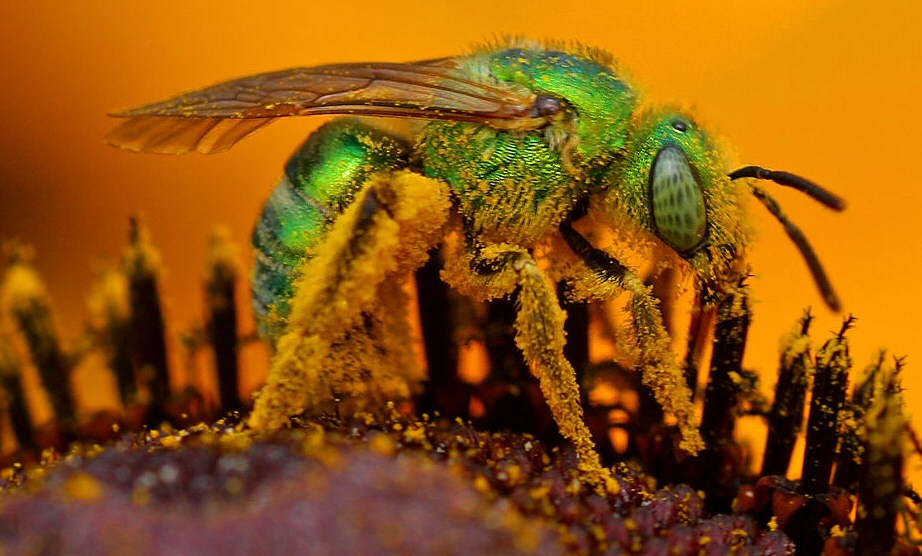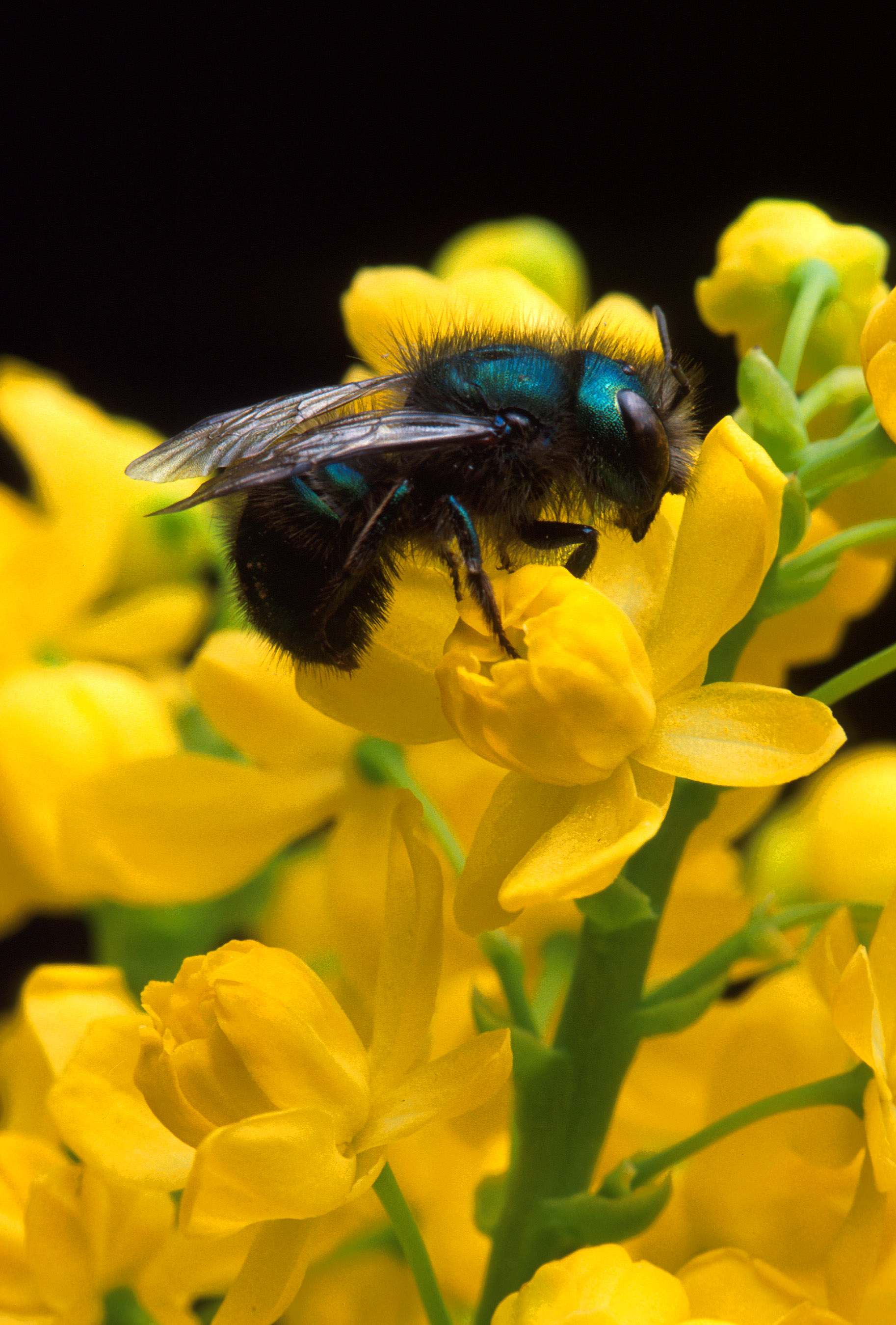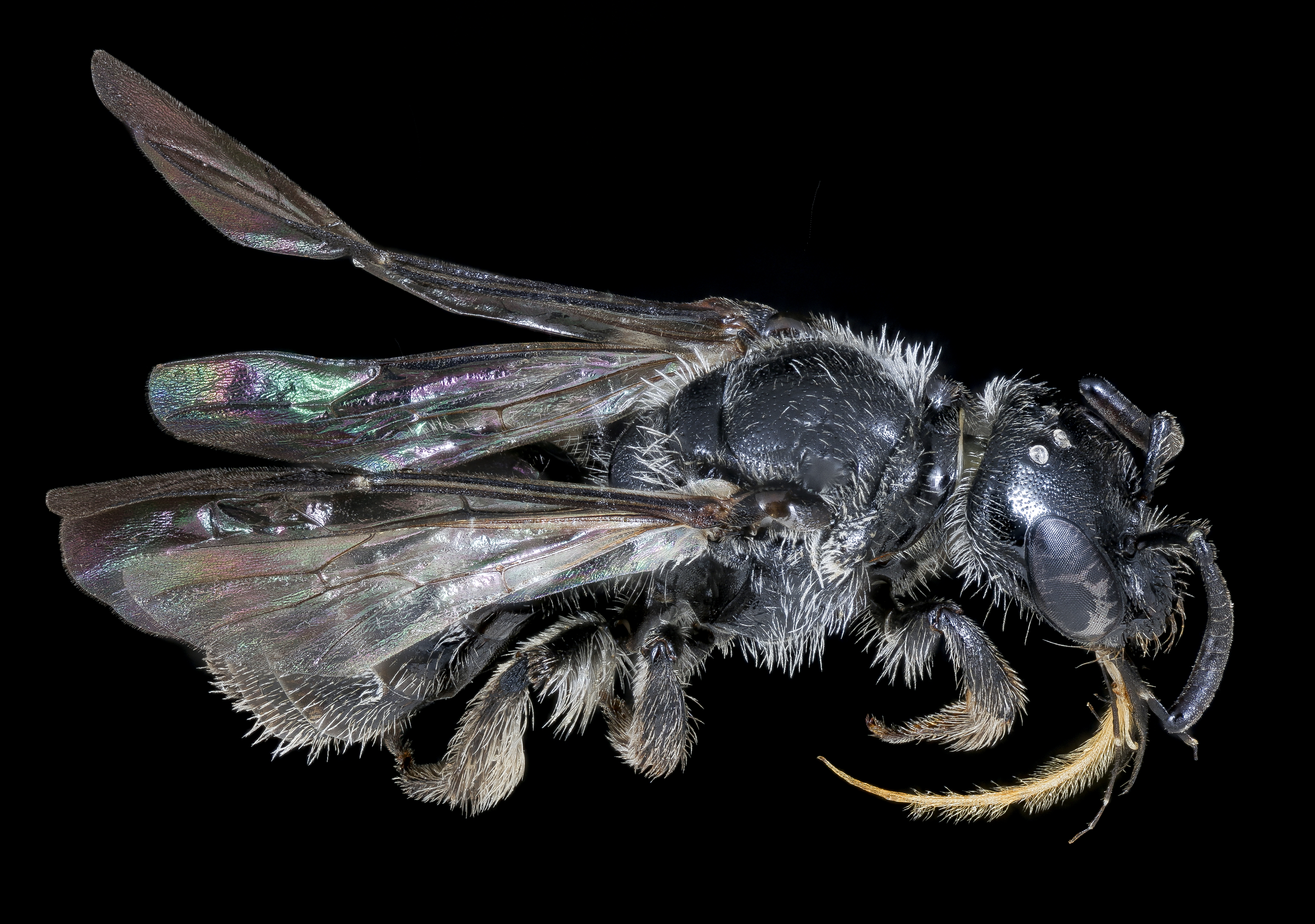Native bees are better for the environment and altogether cooler than honey bees
Celebrate native bees for World Bee Day, not imported honey bees
Honey bees have been celebrated by humans since they were first domesticated for pollination and honey production in the earliest days of human civilization. But honey bees are expendable — we can purchase them from other countries, ship them overseas, and raise them in a non-native land to pollinate our crops. If all of the honey bees in the U.S. died today, we’d buy more tomorrow. This World Bee Day, we should focus our celebration on the lesser-known species of amazing native bees that fill our environment.

Iridescent green sweat bee, called because it is known to be attracted to sweat
Via Wikimedia
World Bee Day was established by the United Nations to recognize the fundamental role of pollinators in pollination services, food production, and to safeguard biodiversity in the face of their many threats. It was not only in recognition of honey bees and the pollination services they provide, but of all bees. The proclamation specifically acknowledged and raised awareness of the urgent need to conserve all of the 20,000 species of native bees worldwide.

The blueberry bee, Osmia ribifloris, a blue-colored bee native to North America.
Via Wikimedia
Native bees are absolutely some of the coolest insects on earth. They come in a huge variety of shapes, sizes, and colors. Social species with a single queen — like bumble bees — make up about 10% of known bee species. Social bees live in nests and work together like honey bees to raise their young and forage for food. The other 90% are solitary species, meaning they live alone and are solely responsible for finding food and building a nest.

Stelis louisae, a red/orange carder bee
Native bees come in a variety of colors besides yellow and black — blue, green, orange, and red, to name a few. Some resemble wasps, as a defense mechanism for survival. Others are covered in tiny hairs, resembling giant teddy bears, or almost entirely hairless and smooth. Native bees are responsible for a majority of wild plant and crop pollination worldwide.
There are so many amazing native bees. Unfortunately, the focus generally lands on the domesticated workhorse Apis mellifera, instead of any one of the amazing native species. Native bees face a wide range of threats from lost habitat due to increasing development, lack of flowers for food, agricultural intensification, pesticides, and so much more. Honey bees actually pose a threat to native bees, introducing competition and spillover of diseases and parasites to native bees.

An all black bee, Dufourea monardae
There are a wide variety of studies in native bees, but educating the public is one of the best ways to encourage native bee conservation. So this World Bee Day, take some time to read up on pollinators, and learn what you can do to help our native bees.


















